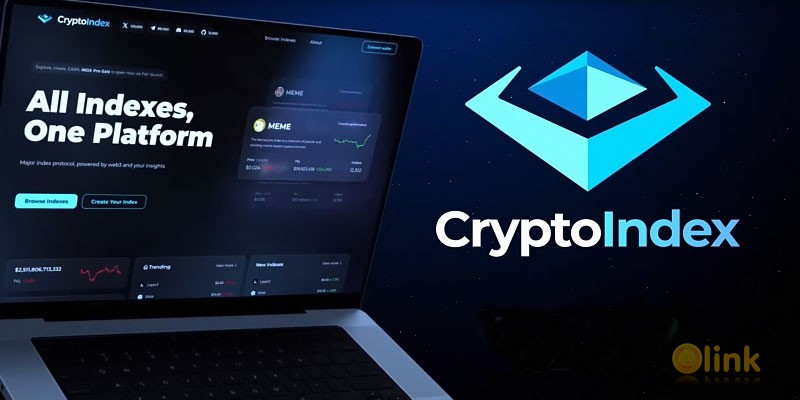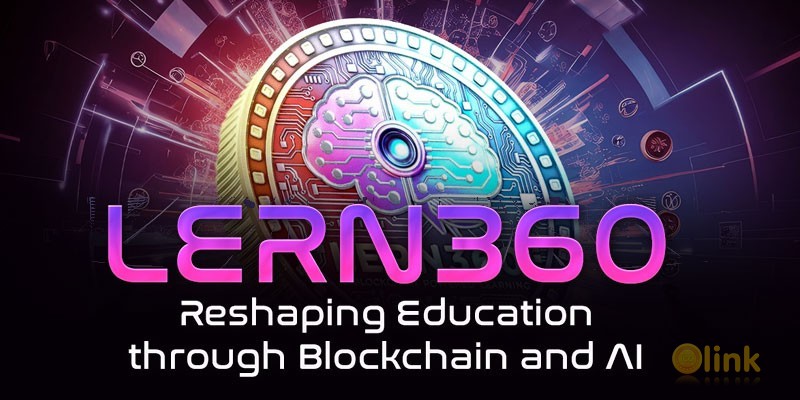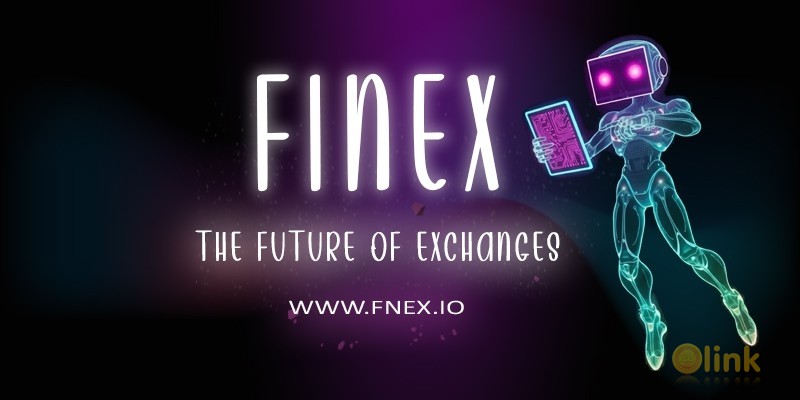ICO Spectiv
Spectiv ICO Links:
- Start: 2017-Dec-08
- Finish: 2018-Jan-08
- Ticker: SIG
- Platform: Ethereum
ICO Spectiv Description:
A dedicated virtual reality streaming platform utilizing blockchain integrated attention markets to support a network for virtual reality adoption. With the growing development of virtual reality, the world is beginning to see previously unreal possibilities become commercial realities. As such, many speculate VR to become the next revolutionary tech boom. Spectiv is a platform that enables users and organizations to stream their unique virtual reality experiences to the world.
The Signal Token (SIG) Protocol is designed to decentralize the buying, selling, and rewarding of attention across media platforms by removing centralized intermediaries from advertising transactions.
Using the Signal Token Protocol, an advertiser can use SIGs via a smart contract associated with target content. This content is now active, or “hot,” which means publishers, viewers, and curators can engage with that advertiser through the smart contract and be rewarded with SIGs for driving attention to that content.
Every ad view and click that occurs is communicated to the Ad Campaign Smart Contract through a third-party oracle. The Ad Campaign Smart Contract will then autonomously reward SIGs to the users participating in that engagement. By utilizing smart contracts, a publicly verifiable blockchain, and trusted oracles, this protocol can directly disintermediate the “trade” of attention.
The Spectiv Company developed the Signal Token Protocol specifically for use within Spectiv, but we understand that accurate attention data analytics are difficult to perfect. Additionally, we understand that for real-world advertisers to engage with SIGs, the protocol must accommodate more than just Spectiv content.
We have developed SIGs for any ad-driven media platform to use and build upon; video-based, audio-based, written, or mixed. In other words, the Signal Token utility is not fixed to Spectiv. Rather, it is built to be its own decentralized, autonomous protocol that can support multiple attention economies. Each media platform can integrate its own unique mechanisms for monitoring genuine attention data, contributing to the long-term effectiveness of the protocol.










